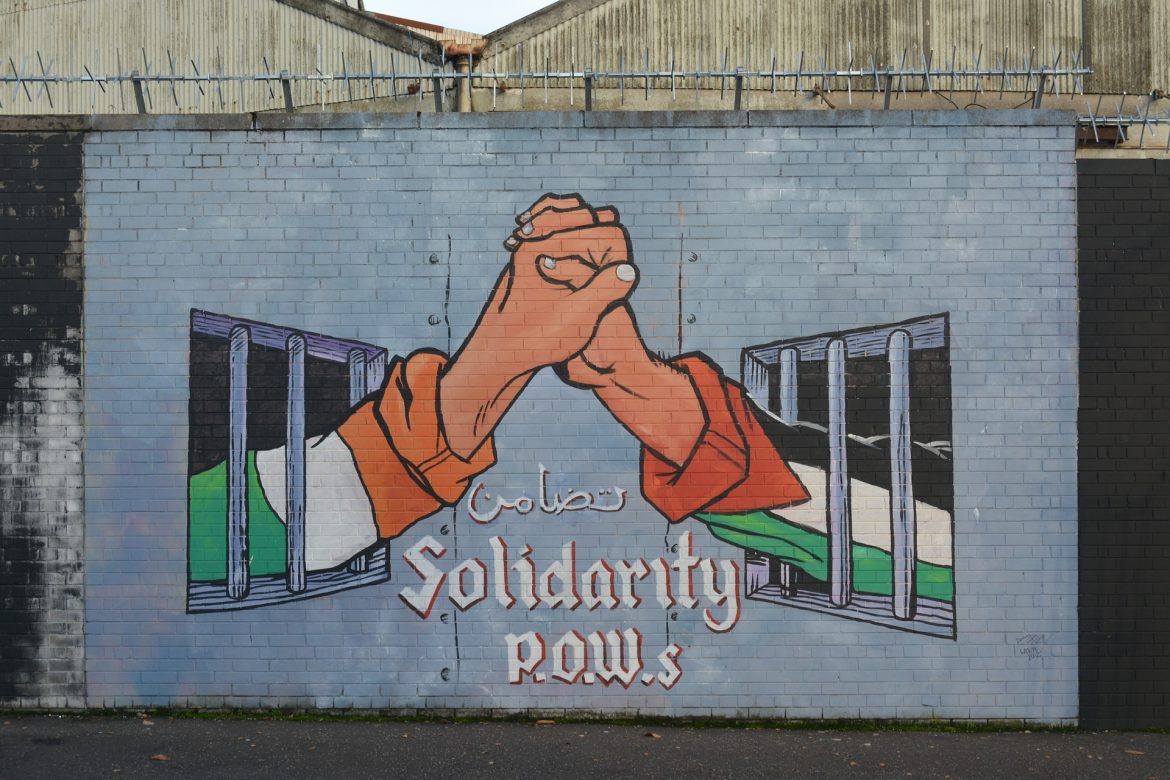Information and Tourism
Belfast is Irel ‘s second-largest city and is the capital of Northern Ireland. In recent years this town has undergone a remarkable transformation and Belfast’s economy is now booming. Many areas of Belfast have been redeveloped, new restaurants and hotels have opened, and impressive fresh shopping areas have already been built. With important 19th-century buildings and award-winning 20th-century architecture, this city offers excellent facilities and many modern tourism developments. The scenic River Lagan flows through central Belfast and into the North Channel. Over the years, the important River Lagan has provided the city with much wealth and was an integral part of the city’s thriving shipbuilding industry in the early 20th century. Undoubtedly the most famous ship ever to be made in Belfast was the ill-fated Titanic, which was actually built in the city’s very own shipyards in 1911 and created using the world’s latest innovation and technology.
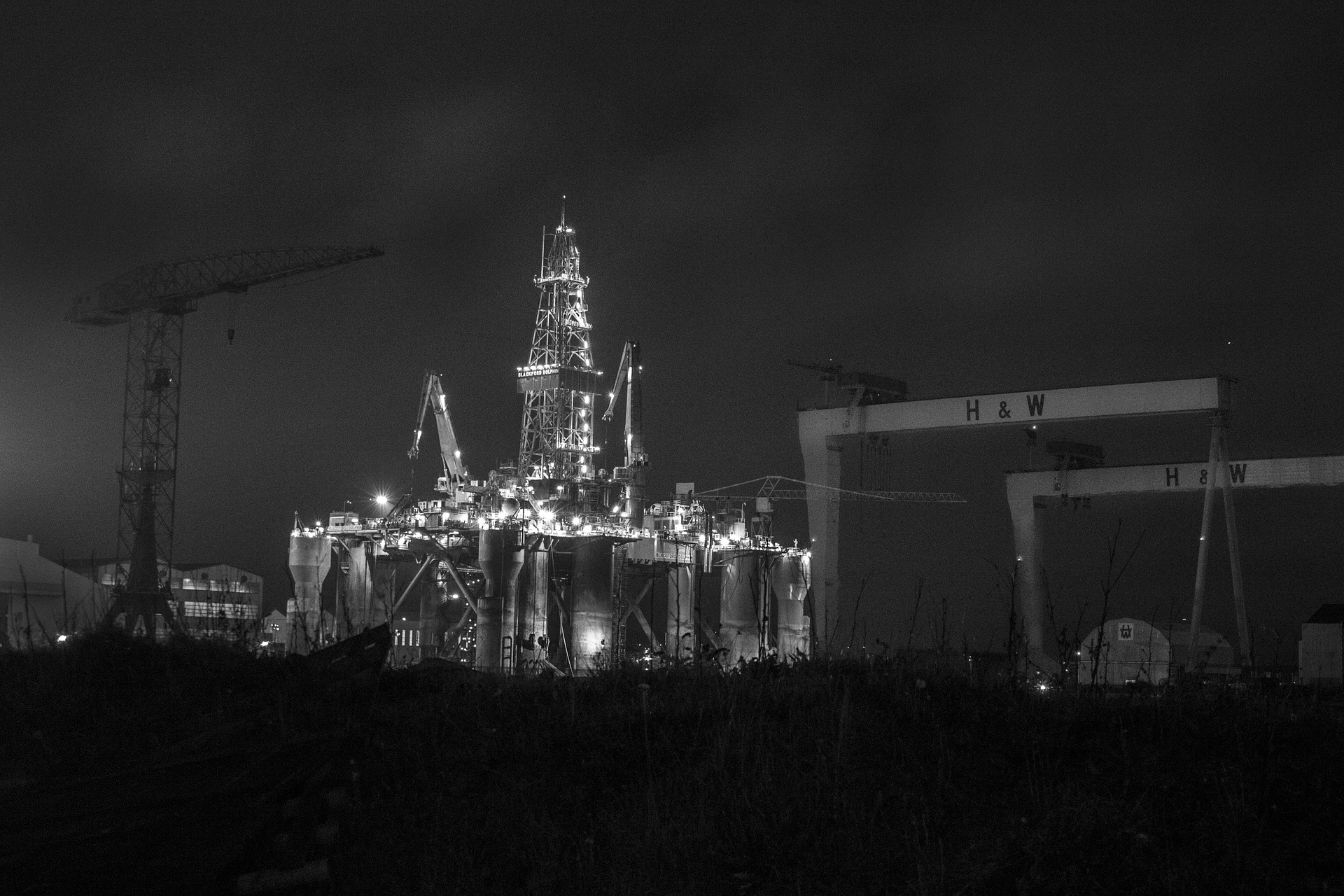
The Titanic Quarter and Victoria Square are two especially appealing parts of the town, transformed by recent regeneration programmes. Residing on the western bank of the Water Lagan, the city centre is based around Donegall Square and the Royal Avenue. With useful tourist information, the Belfast Welcome Centre stands close by, on Donegall Place and near to the Castle Place shopping centre.
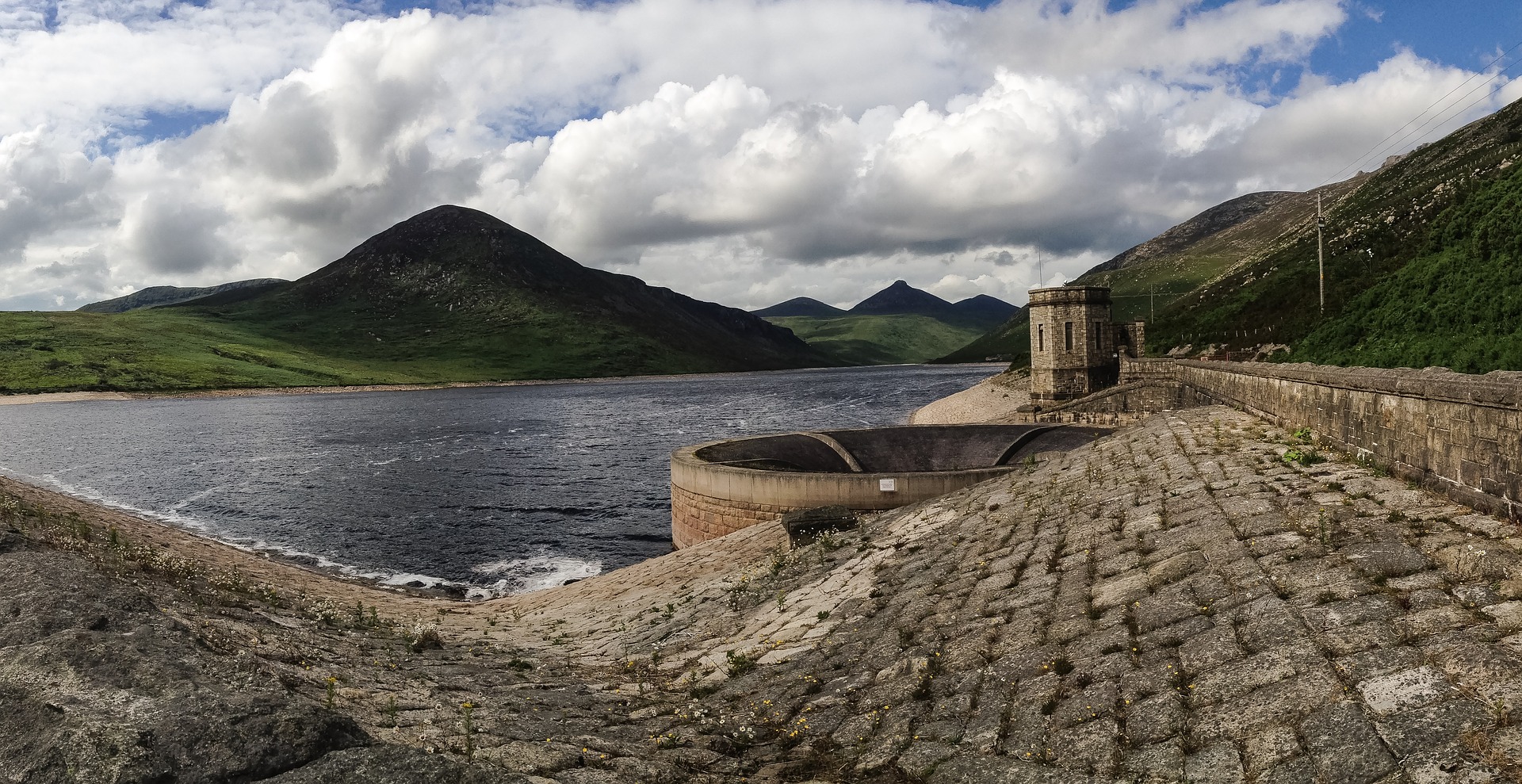
There are an enormous number of Belfast tourist attractions, many of which are located close to the Golden Mile – a long strip along Great Victoria Street. Prominent sights here include Belfast City Hall — a massive building in the centre of Donegall Square, featuring a massive copper dome; the Linen Hall Library – more than 200 years old, with a vast collection of early Irish material; the Harbour Office – around the waterfront with large exhibitions about County Antrim’s rich maritime history; the Belfast Grand Opera House – opened in 1895, regularly hosting major concerts, operas, plays and theatrical events; the Crown Liquor Saloon — a genuine Victorian public house full of period features; St . Anne’s Cathedral – built-in the late-19th century, featuring large amounts of marble and huge mosaics; Belfast Fortress – built in 1934 by the Earl of Shaftesbury, with spectacular panoramic cityscape views; and the amazing Odyssey complex – a multi-million pound development next to the Lake Lagan, which is now one of the world’s largest entertainment complexes.
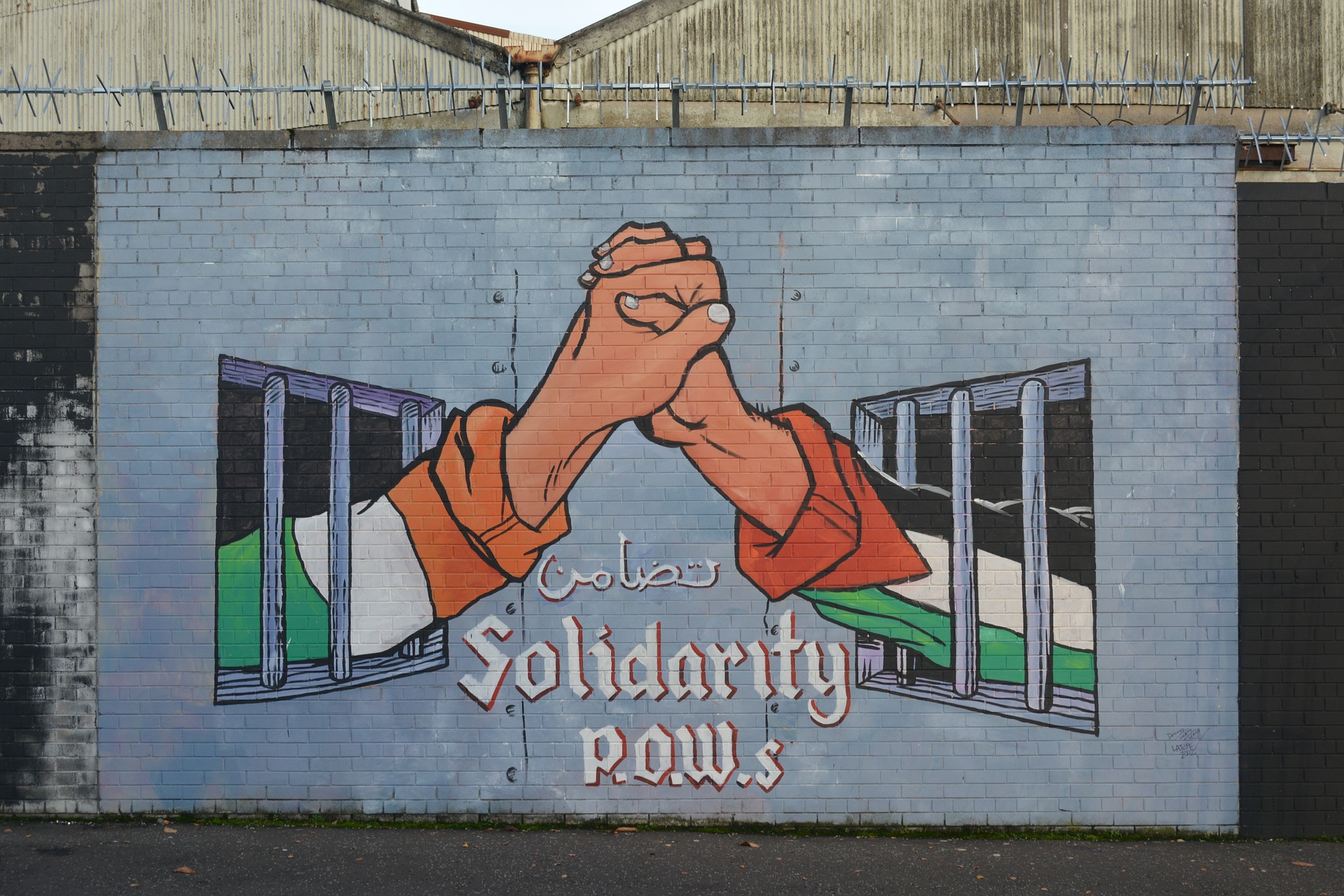
Belfast is a large and vibrant city, and remains busy throughout the year, meaning that booking ahead for accommodation is strongly recommended. There are now a number of trendy waterfront resorts, around the Donegall Quay and Lanyon Place, with further choices being located on Castle Street, Marlborough Road, North Road, Waring Street and Talbot Street – near to the university of Ulster.

There are also numerous parks and gardens in Belfast, most of which are within easy reach of the town centre. The most prominent include Mount Stewart — a splendid manor house owned by the National Trust, surrounded by beautiful l and scaped gardens; the Belfast Botanic Garden – featuring essential collections of exotic and tropical plants; and the Sir Thomas and Lady Dixon Park — one of the most stunning and fragrant parks, with a staggering 20, 000 rose bushes.
Belfast also has numerous excellent museums and these include the Ulster Folk and Transport Museum – highly regarded as one of the best of its kind within Ireland, with cars, carriages, motorbikes, fighter planes and superb information about the Titanic ship, boasting many of the ship’s actual artefacts. Also of note is the Ulster Museum – a big attraction with displays including local County Antrim heritage, archaeology, natural background and paintings.
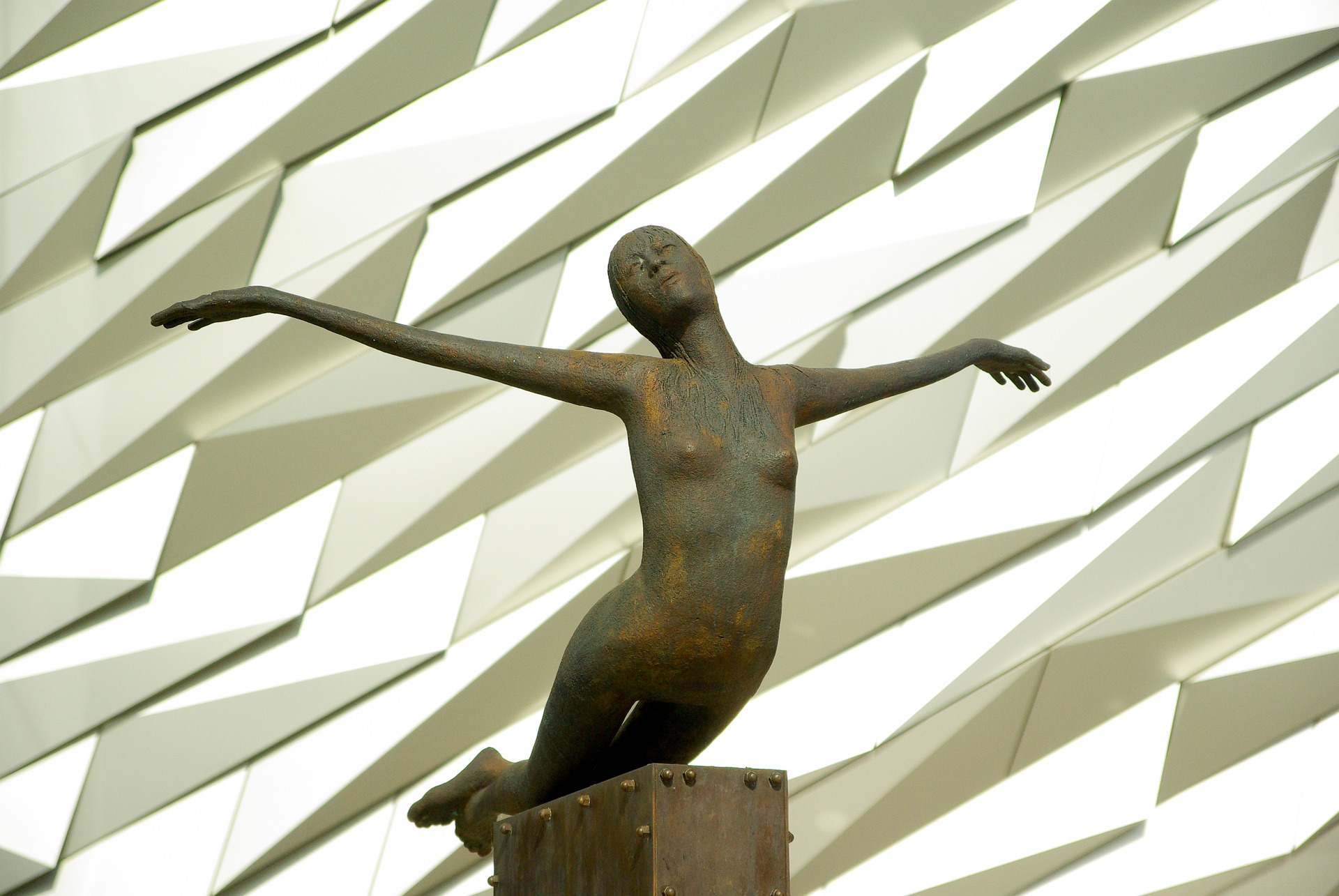
The friendly city of Belfast is usually filled with things to see and do, for both tourists and visitors. With regular events, excellent shopping facilities, regular Irish markets, guided tours and several attractions nearby, Belfast is now probably the most popular regions of Northern Ireland to visit.

